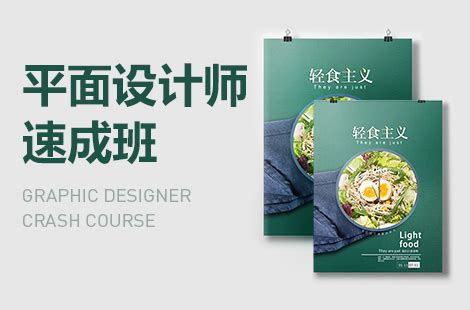服装设计师面临的挑战
- 经验
- 2024-05-09
- 319
Title: Overcoming Challenges in the Field of Fashion Design

Introduction:
Fashion design is a dynamic and competitive field that presents numerous challenges to aspiring designers. From creative blocks to industry demands, navigating these obstacles requires resilience, innovation, and strategic thinking. In this article, we'll explore some common challenges faced by fashion designers and offer practical solutions to overcome them.
1. Creative Block:
Challenge:
Fashion designers often encounter creative blocks, hindering their ability to generate fresh ideas and designs.Solution:
To overcome creative block, designers can explore various sources of inspiration such as nature, art, culture, or personal experiences. Engaging in activities like sketching, experimenting with fabrics, or collaborating with other creatives can also stimulate creativity.2. Market Saturation:
Challenge:
The fashion market is saturated with countless designers and brands, making it challenging for newcomers to stand out.Solution:
To differentiate themselves, designers should focus on developing a unique aesthetic or niche. Building a strong brand identity, storytelling, and offering highquality, innovative designs can help capture the attention of consumers in a crowded market.3. Technological Advancements:
Challenge:
Keeping up with rapidly evolving technologies and digital platforms can be daunting for traditional fashion designers.Solution:
Embracing technology can enhance efficiency and competitiveness. Designers can leverage 3D modeling software for prototyping, explore sustainable practices through digital tools, and utilize social media and ecommerce platforms to reach wider audiences.4. Cost Constraints:
Challenge:
Starting a fashion line or maintaining a brand requires significant financial investment, often posing a barrier to entry for emerging designers.Solution:
Designers can explore costeffective strategies such as sourcing materials from ethical suppliers, opting for smallscale production, or utilizing crowdfunding platforms to finance their projects. Collaborating with local manufacturers or artisans can also help reduce production costs.5. Sustainability Challenges:
Challenge:
The fashion industry's environmental impact is a growing concern, requiring designers to adopt sustainable practices.Solution:
Designers can prioritize sustainability by using ecofriendly materials, minimizing waste through efficient production methods, and embracing circular fashion principles such as upcycling and rental services. Educating consumers about the importance of sustainable fashion can also drive positive change.6. Balancing Creativity and Commercial Viability:
Challenge:
Finding the balance between artistic expression and commercial viability is a constant challenge for fashion designers.Solution:
Designers should strive to create collections that resonate with their target audience while staying true to their creative vision. Conducting market research, understanding consumer preferences, and seeking feedback can inform design decisions without compromising artistic integrity.7. Globalization and Cultural Appropriation:
Challenge:
In an increasingly globalized industry, navigating cultural sensitivity and avoiding appropriation is essential for ethical fashion design.Solution:
Designers should approach cultural inspiration with respect, acknowledging and collaborating with communities from which they draw inspiration. Conducting thorough research, seeking permission when appropriate, and giving credit to cultural sources can help avoid unintentional harm and promote cultural exchange in a responsible manner.Conclusion:
While the fashion industry presents various challenges, from creative blocks to market competition and ethical considerations, overcoming these obstacles is possible with perseverance, innovation, and a strategic approach. By embracing creativity, leveraging technology, prioritizing sustainability, and maintaining ethical standards, fashion designers can thrive in this dynamic and everevolving field.
上一篇
漳州回收天王手表店地址
下一篇
去美国托运行李限重是多少